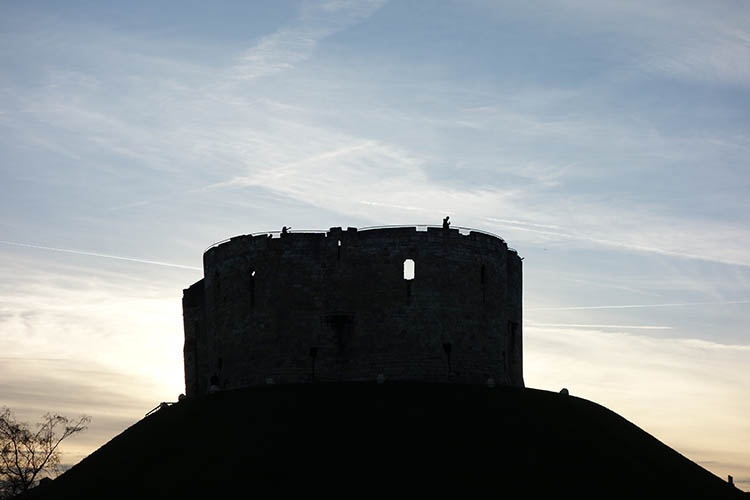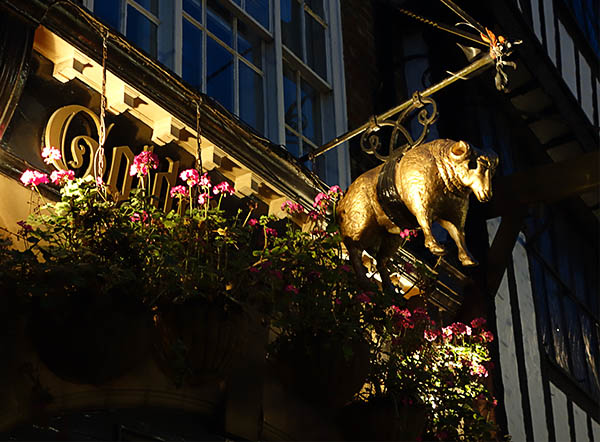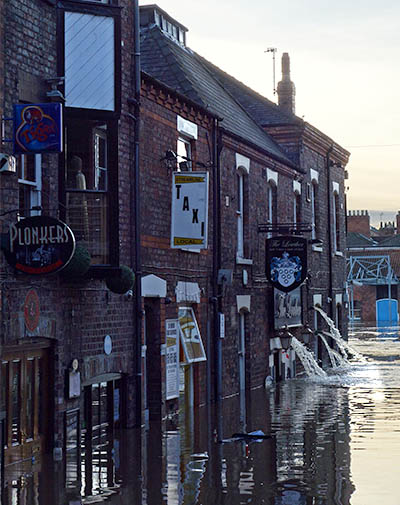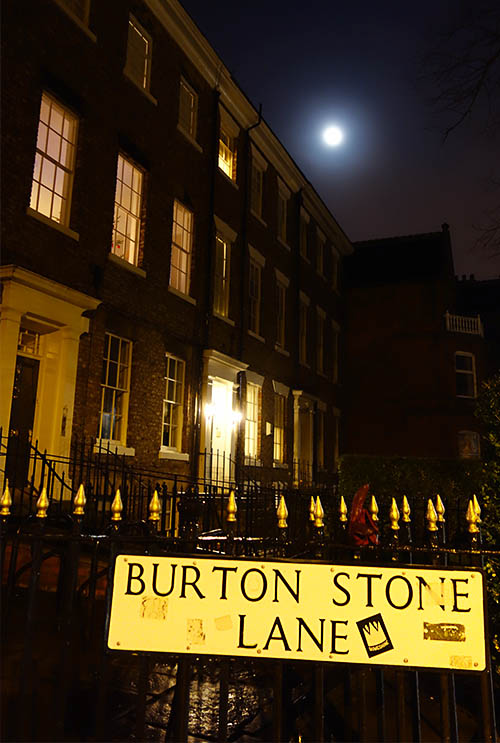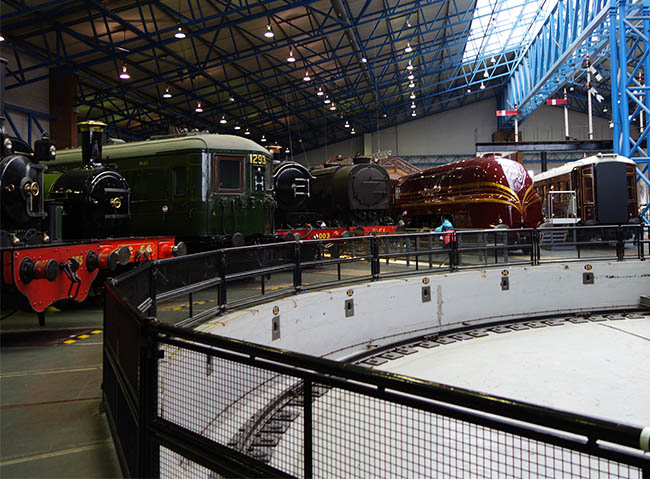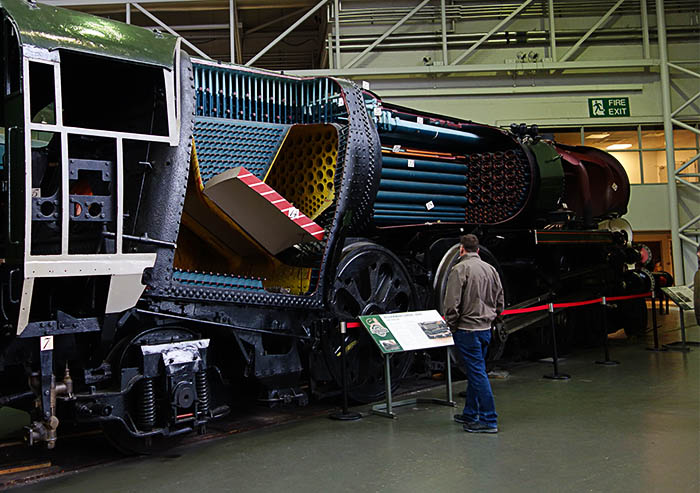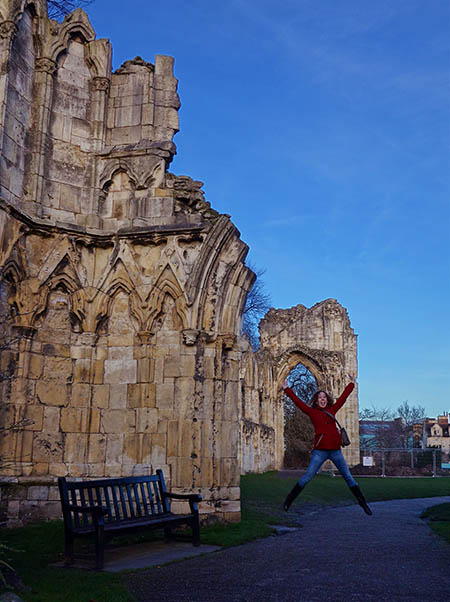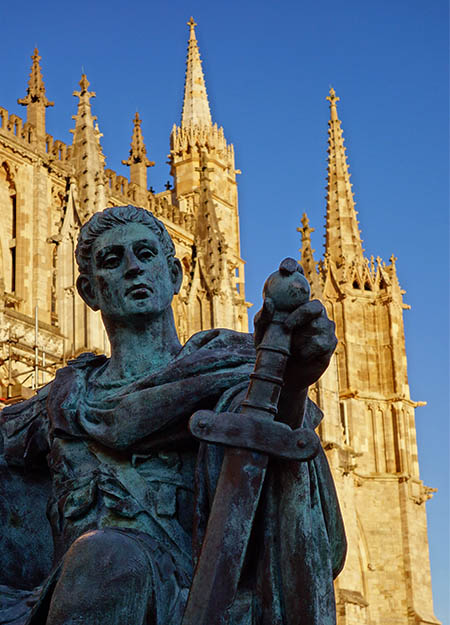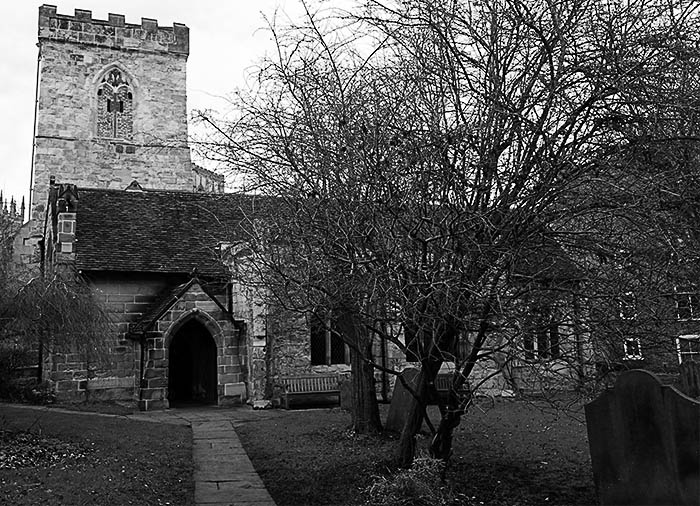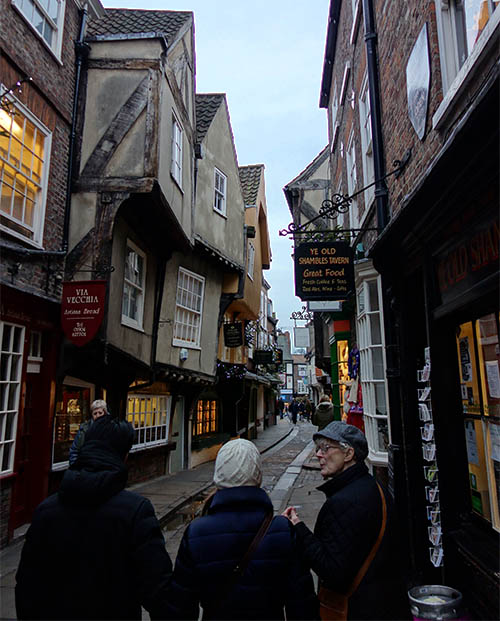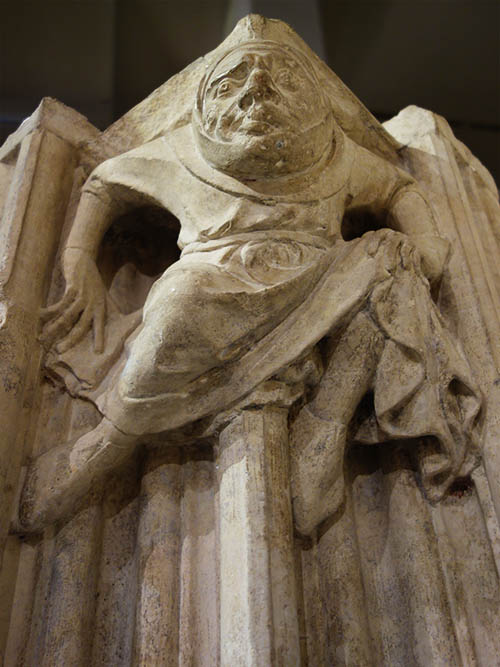Although I was looking forward to seeing each city on our itinerary in Britain, I was most anticipating York. I’d heard it was the most authentic medieval city in Britain, and it lived up to that reputation. It was similar to Bruges – but without the hordes of tourists or confectionary stores, I much preferred it.
I think I first heard about York from recommendations on Reddit. Alex and I were looking for a smaller, historic city to complement London and Edinburgh, and it fit the bill. We also liked the city walls in Lucca, and had heard there were walls in York as well.
In this respect, things were different. When we arrived in York, it was victim of the worst flooding in decades, the river overflowing its banks by several feet. It didn’t interfere with our travel too much, but many of the downtown pubs and restaurants were inaccessible, and there was general chaos in the city. The main walking bridge from the train station to the city was completely packed with locals and tourists alike.
We didn’t let that stop us, and after dropping off our bags (our AirBnB was erally cheap for the city, but also might have been the worst I’ve stayed at), we returned to the old city center. Like many ancient cities, it’s surprisingly compact. In an afternoon we were able to walk most of the main streets and see the big tourist sites.
The biggest single tourist site in York is the Minster (“Minster” is another name for churches or cathedrals in England, and derives from ‘monastery’). It’s a beautiful cathedral – I liked British cathedrals a lot more than the fancier Italian or German ones. On this Sunday, it was free to go in, because they wanted to be available to victims of the flooding. It was serene, and in the afternoon sunlight, glowing. While looking at all the bishops and artifacts inside, we found a memorial to a woman that included this epitaph: “a faithful wife and a fruitful mother she raised with the greatest care the children to whom she gave birth. After she had increased the lineage of her husband by bearing twenty-four children of both sexes she surrendered at last to the bitterness of death, albeit with the resolute valour of a soldier at his post, and retaining her beauty so that you would have said she was still a maiden who was so often a mother.” Twenty-four!!
There are three other big sights in York, the walls (closed because of the flooding); Clifton Castle (very cool, but disorientingly right next to a huge parking lot – this is the castle that precedes this post), and the shambles (which eluded us for most of two days).
After seeing the castle, we roamed the streets for a few hours, doing circles and getting aquainted with everything. Like many of the best small European cities it was built for foot traffic, with windy narrow streets, little shops, cobblestones, and a cozy atmosphere.
We sampled mulled cider and mulled wine, and a few bars, trying to avoid heading back to the AirBnB until the latest possible (we didn’t want to spend much time there outside of sleeping). We found a little BnB on the same street as we were staying, which had a pub in the bottom. We had one of the most memorable conversations of our trip with two young guys there, in the equivalent if high school. One was a bartender and the other was his friend. We grilled these guys about a lot of British peculiarities (trying to figure out what crazy structures called gasometers were, and discovering that there’s no particular side of the sidewalk you’re supposed to walk on in Britain). Because of the flooding credit cards weren’t working, and we weren’t carrying any cash, but one of these guys bought us a beer (we left some cash for him with the BnB hostess the next morning).
The next morning, we woke up early to visit the train museum. I was pretty ambivalent about this museum – trains are cool and all, but I didn’t expect a lot. We’d decided to visit because it’s a free museum (with donations), and I was just blown away. It’s actually huge, with some spectacular trains inside – the oldest locomotives in Britain, gleaming trains from the 1920s, a Japanese bullet train, and even an entire fake Victorian train station. When you consider that Britain was home to the industrial revolution, you can see why there’d be so much history, and this was the national train museum.
My favorite trains were the restored trains from the 1920s-1950s, which looked brand-new – really beautiful machines. They had stairways and catwalks next to some, so you could walk above them and look down or inside. I think Alex liked the weird very old train engines, including some with huge spherical boilers.
It’s normally tough to visualize what’s going on inside of trains, but there was also an exhibit where an entire train engine was dissected, like in a children’s picture book. Unfortunately, we hadn’t budgeted a lot of time for this museum, because an hour after we arrived, we had to leave for our free walking tour!
Turns out there was only the guide, and one other couple on our tour (a Russian/Mexican couple, studying in England). The guide was amazing – an older lady who I think said she had spent twenty years in York (living formerly in Leeds). She said that the organization she was part of was completely voluntary. She was really proud of this: “Don’t try to tip me, I won’t accept it.” And even crazier – her house had been flooded that very morning… she and her husband had been moving furniture inside to keep it away from the water. The British ‘stiff upper lip’ at work.
The tour was actually great, with lots of historical tidbits. York is an ancient city, beginning with the Romans. Constantine the Great was in York (then called Eboracum), and was even declared emperor there. Yes – Constantine of Constantinople fame. There was then a post-Roman period, a Norman (ie, Viking) period, and the city played a large role in the English Civil War. Just a ton of history to cover, with lots of gory details.
Our guide brought us through many of the same streets we’d visited the night before, but it was a different experience with an expert pointing out curious details (the oldest original buildings in York, lumpy cottages reputed to be from 1300), and a breathtaking church: Holy Trinity Church. I felt so lucky to visit this church: the volunteer who ran it that day was just closing up until our guide cajoled him into letting us see it for a few minutes. It felt positively ancient inside, in a way that other churches and cathedrals simply do not. Even crazier, the entire church was invisible from the main street, secluded in a back garden.
She also showed us the Shambles, which had somehow eluded us – we’d seen nearly every other street within the city walls. This is a big tourist destination, but it still felt viscerally medieval, like walking through Game of Thrones: overhanging wooden buildings, a street just a few feet across, cobblestones. You simply had to picture it without the chocolateers, florists, and other fancier stores.
Once the tour ended, we had two more stops: a local history museum (including natural history & Roman history, but the highlights were a section on Henry VIII, and a bunch of Norman artifacts and Viking hordes), and a random bar we wandered into for a drink, before our late-night train to Newcastle.
